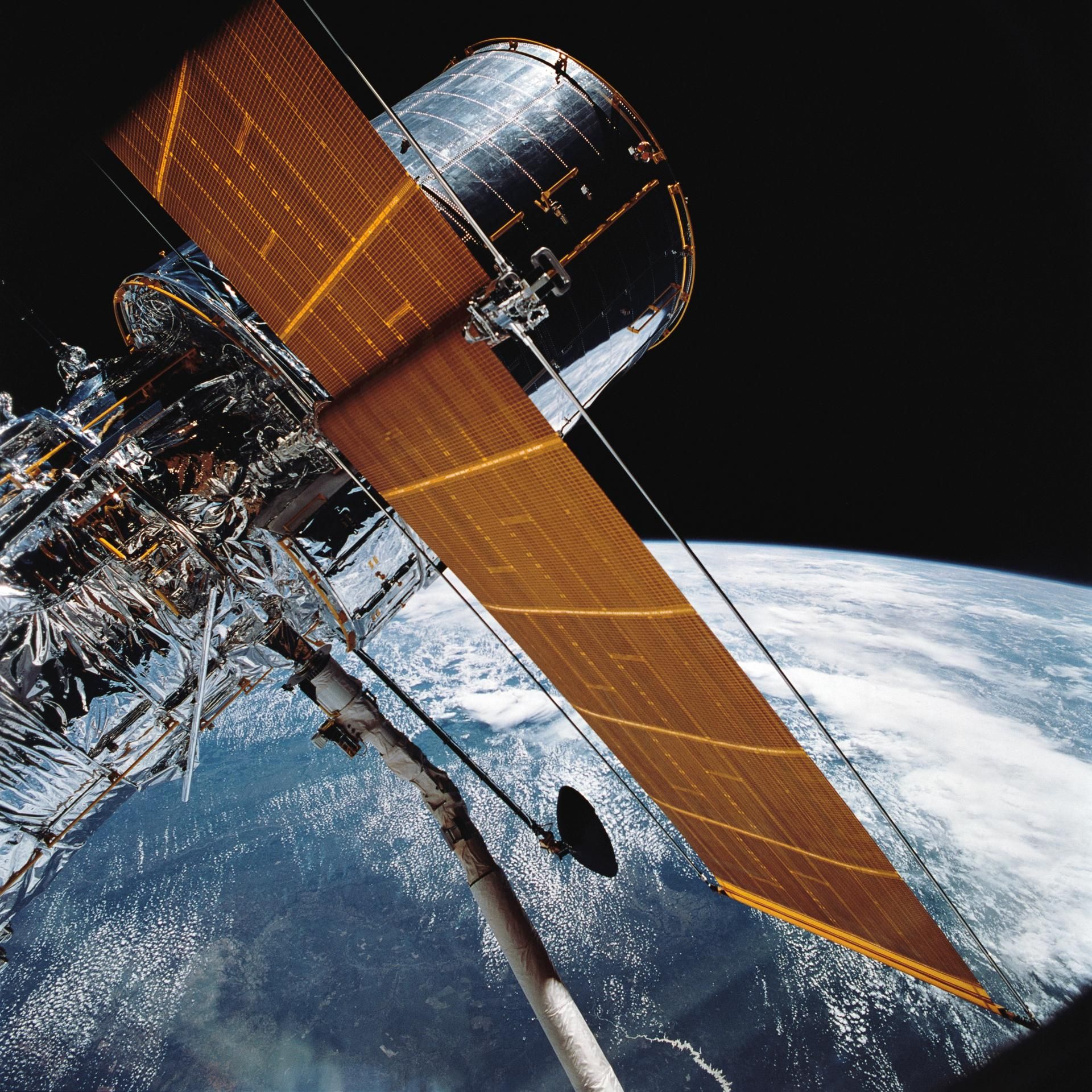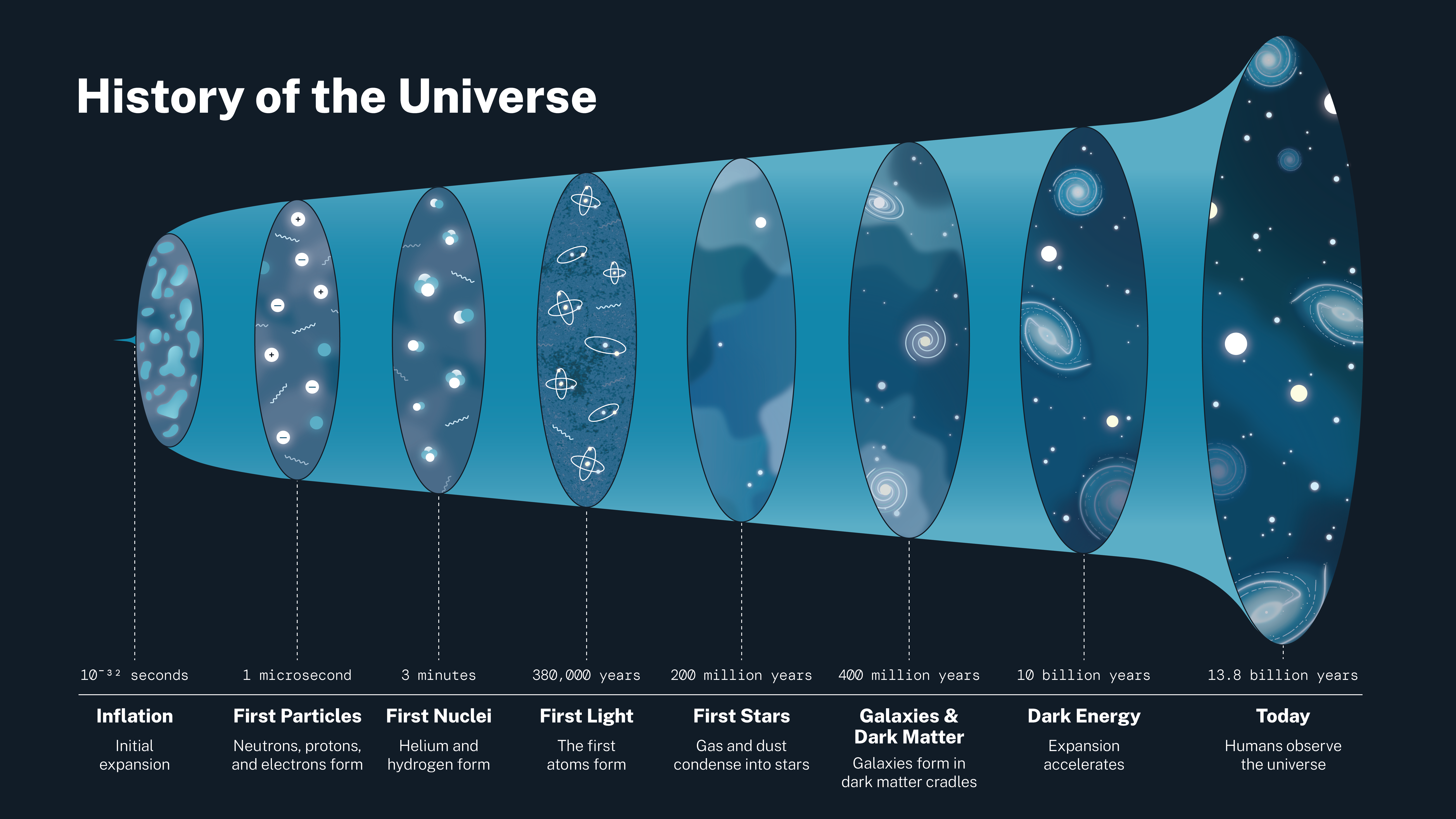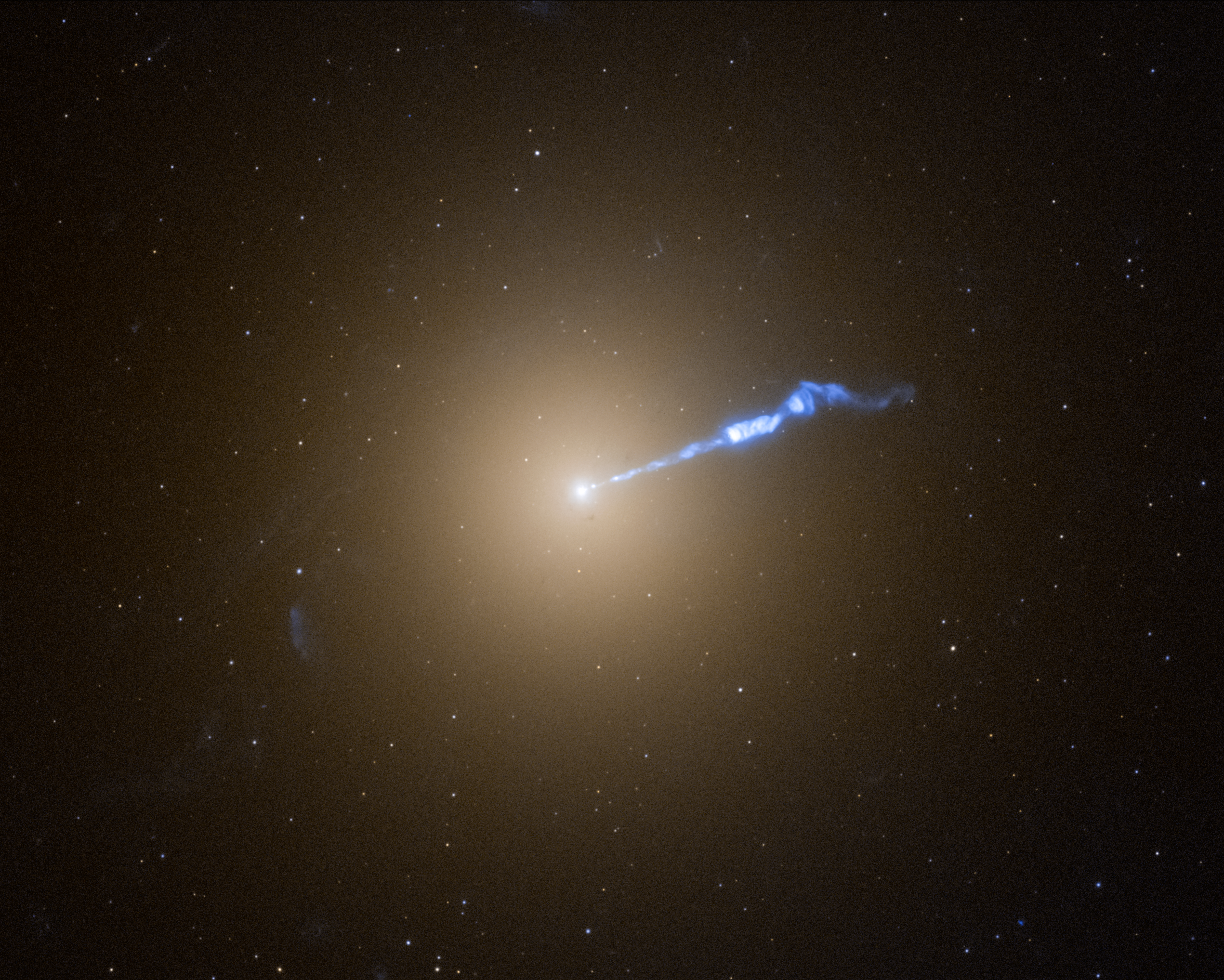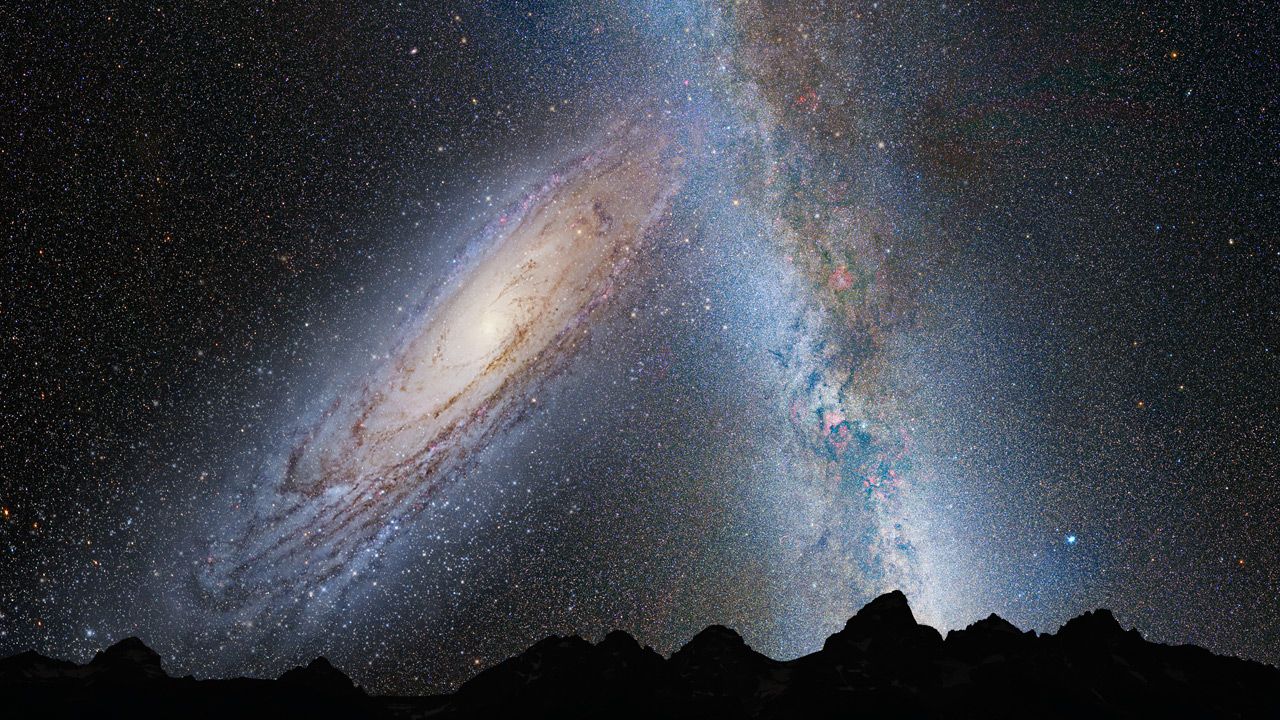Hubble, once only a dream of Spitzer and Grace, has revolutionized our understanding of the universe multiple times over and become one of the most productive scientific instruments of all time. However, it hasn’t been all smooth sailing for the iconic telescope—it almost didn’t work out at all.
Hubble’s Pathfinding Predecessors
For most of human history, astronomy has been conducted from the ground. That was all set to change with the Space Race.
Throughout the 1960s, NASA launched a series of small telescopes to develop the technology required for space-based observatories and demonstrate the benefits such missions provided.
Most of those telescopes were no larger than high-end consumer telescopes today, but they paved the way for something bigger.
Hubble’s Not-So-Humble Beginnings
Hubble, from the beginning, was intended to bring together the technological developments of the first half of the 20th century. Prior telescopes had been small by comparison, and Hubble—then called the Large Space Telescope (LST)—was originally conceived to have a 3 meter (about 10 feet) primary mirror.
The cost, originally slated to be about 200 million dollars, or 1.8 billion in 2025, made Congress and administrators everywhere leery of the project. Space telescopes of this scale had never been used before, and there was skepticism about their practicality.
Originally conceived in 1968, Hubble would suffer setbacks, redesigns (the mirror was reduced from 3 meters to 2.4 meters) to reduce costs, and delays until it finally launched on April 24th, 1990 on the 35th Shuttle Mission. The final cost wound up being close to 1.5 billion dollars, unadjusted.
After spending a day in orbit for final systems checks, Hubble was deployed from the Space Shuttle Discovery in an orbit 380 miles from the Earth’s surface on April 25th.
What Has Hubble Accomplished?
Despite those initial setbacks, Hubble has been plugging along reliably for more than 30 years now.
Whatever trouble it faced during development and shortly after launch has certainly been worth it, since its findings have been nothing short of revolutionary.
An Expanding Universe
Scientists confirmed that the universe was expanding in 1929 by Edwin Hubble, a finding that had been theoretically predicted many years before.
At the time the Hubble Telescope was launched, the rate of expansion (called the Hubble constant) was still hotly contested.
The Hubble Space Telescope key mission was to determine just how fast the universe is expanding. The results of the key mission were published in 2001 and the value they found, 72 kilometers per second per megaparsec, is very close to the modern value.
Hubble is still contributing to the field today. One of the big mysteries of modern cosmology is Hubble tension, where different ways of measuring the expansion of the universe have measured different expansion rates. However the mystery is resolved, data from Hubble will undoubtedly contribute.
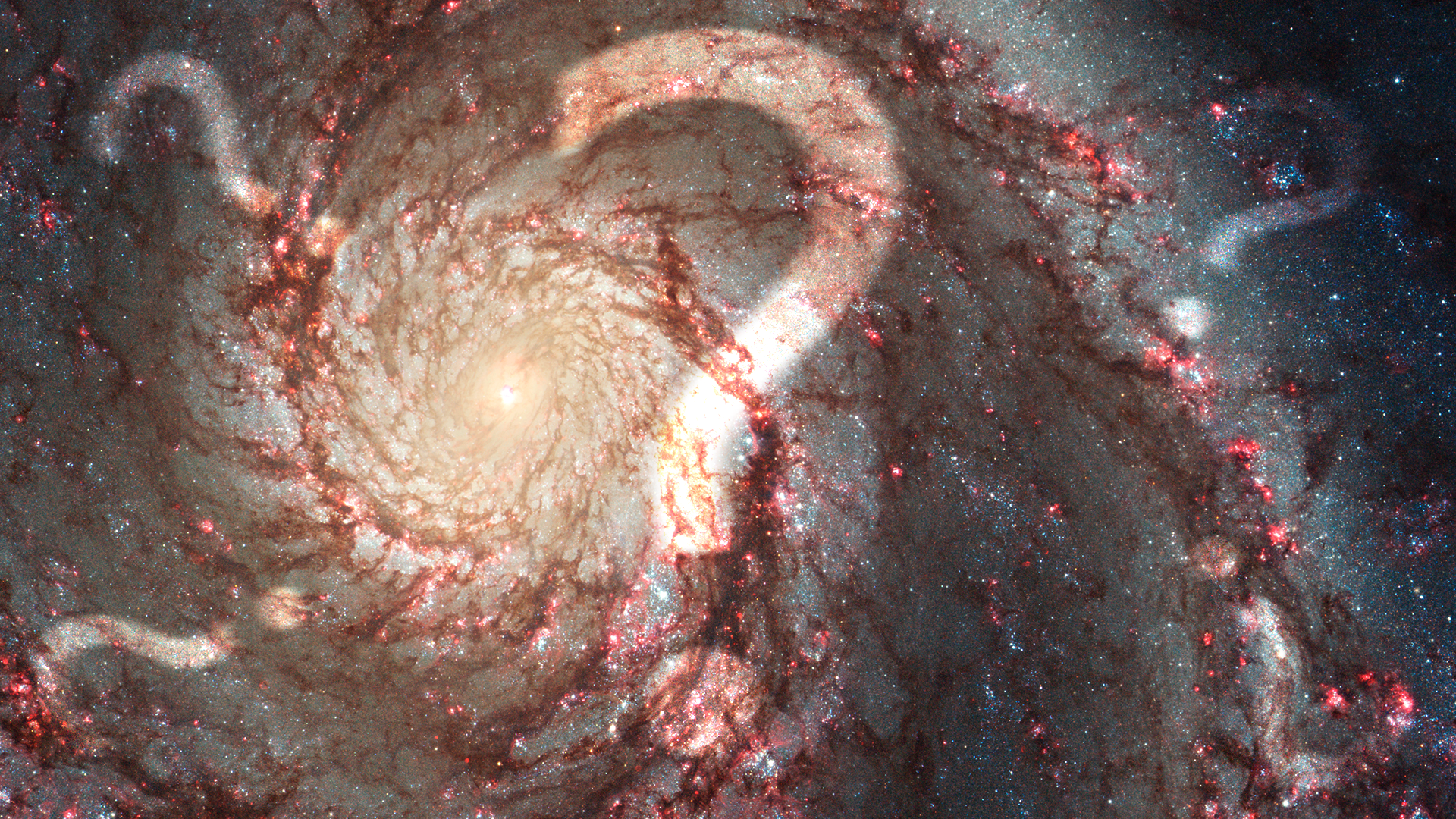
The 5 Biggest Cosmic Mysteries That Scientists Are Still Trying to Solve
We may never have satisfying answers.
Supermassive Black Holes Exist at the Centers of Galaxies
As with many things in physics and astronomy, scientists had long suspected that supermassive black holes exist, and that they commonly reside in the centers of galaxies, but there wasn’t direct observational proof.
Hubble changed all that in 1994, when it captured an image of superheated gas swirling around the supermassive black at the heart of the galaxy M87 at more than a million miles per hour.
The supermassive black hole at the center of M87 would later be directly imaged using the Event Horizon Telescope in 2019.
The First Measurement of an Exoplanet’s Atmosphere
When a planet passes between its star and Earth, there is a small dip in the brightness of the star. This “transit” approach can be used to identify exoplanets, but in the right circumstances, it can also be used to study the atmosphere of the planet.
As light from the parent star passes by the planet, some of it actually passes through the atmosphere of the planet too. Different elements absorb different frequencies of light, and when that light reaches observers on Earth, some of it is missing. These shows up as black bands on a spectrograph. By studying those absorption bands, you can determine what elements and chemicals are in the atmosphere.
That is exactly what Hubble did when it measured the absorption bands from HD 209458b, a Jupiter-like planet about 150 light years away, and measured sodium in the atmosphere.
The Milky Way and Andromeda Will Collide
Physicists and astronomers have wondered about the fate of Andromeda and the Milky Way since its discovery more than 100 years ago.
In 2012, data from Hubble provided the key insights that allowed scientists to determine conclusively that the Milky Way and Andromeda will collide in about 4 billion years, ultimately combining into a single, massive galaxy in about 7 billion years.
There are even simulations that model what will happen to our galaxy once the two collide. Not to worry—our solar system won’t be affected, and all life on Earth will be extinct by then anyway.
And those are only a few of the dozens of major discoveries Hubble has led to. According to NASA, Hubble has directly resulted in more than 21,000 scientific publications, with those papers collecting more than 1.5 million total references.
Hubble’s days aren’t over, either. The telescope is expected to function into the mid-2030s if we’re lucky.




